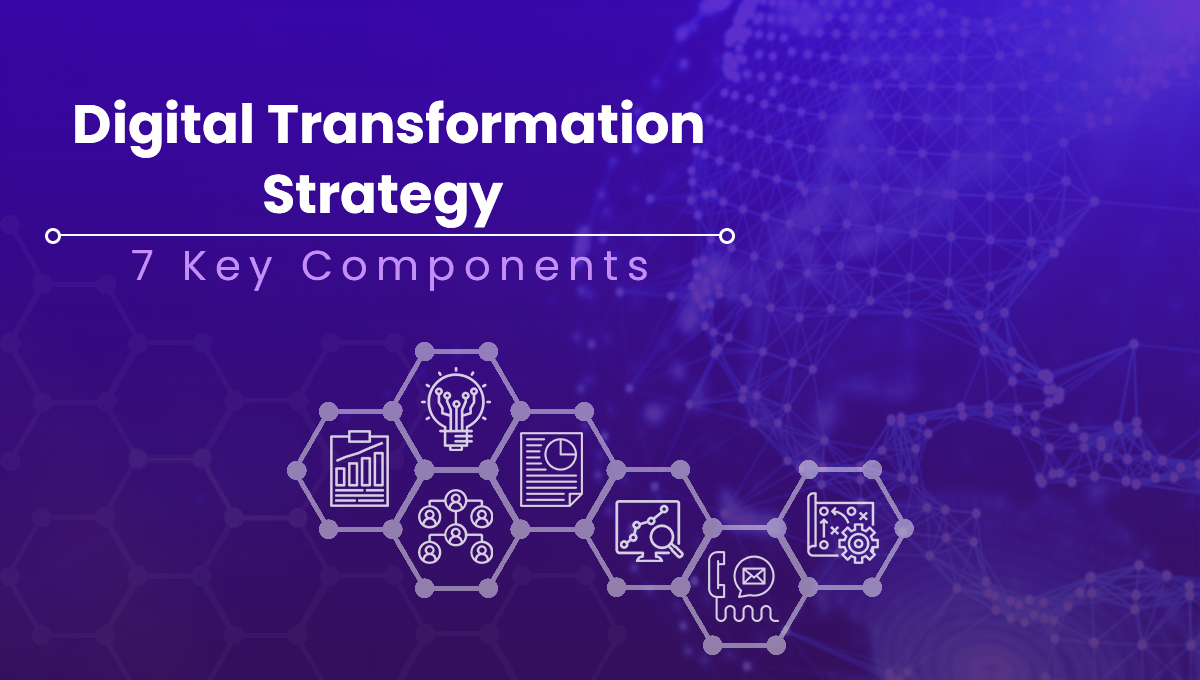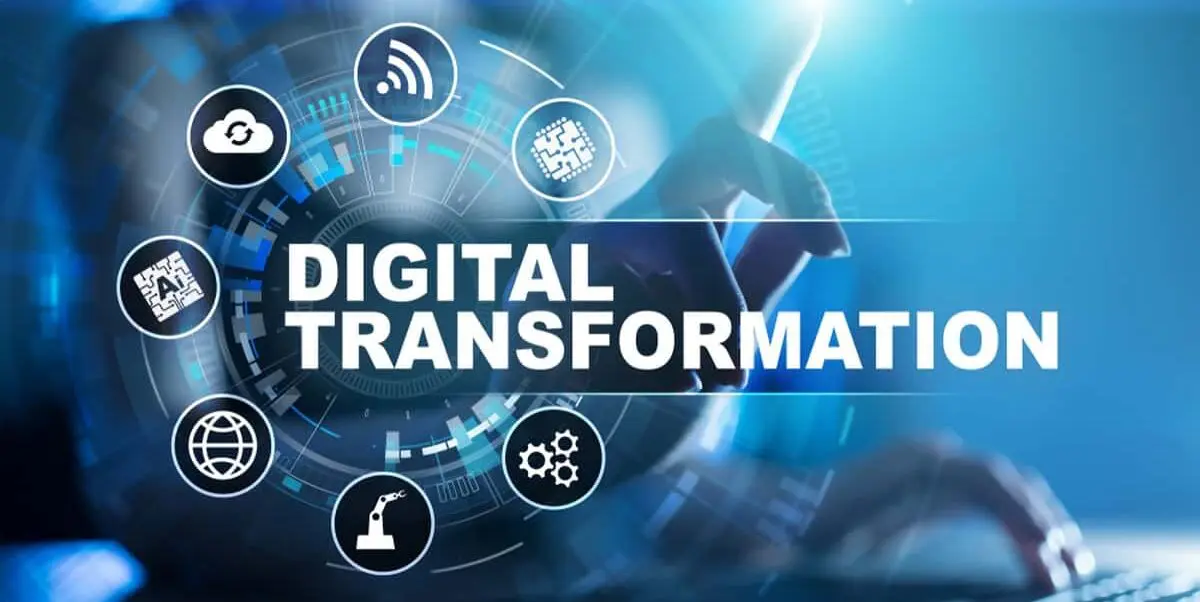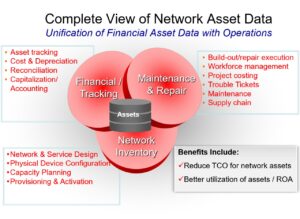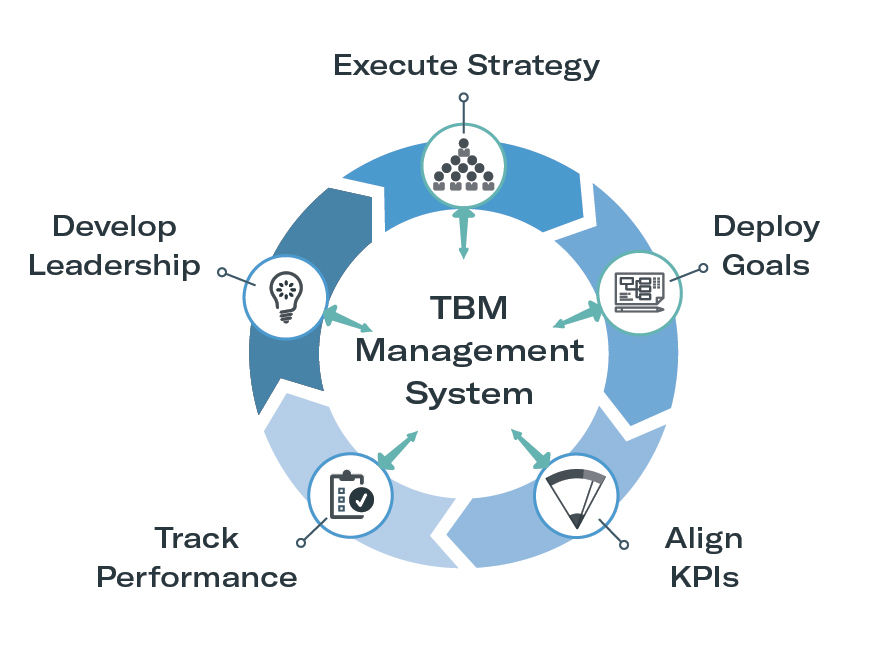Demystifying Digital Transformation: A Comprehensive Guide to Understanding the Concept and Its Implications
Digital transformation has become a buzzword in today’s business landscape, often mentioned in discussions about the future of organizations. However, the concept remains elusive for many, shrouded in confusion and misconceptions. In this comprehensive guide, we will demystify digital transformation, providing a clear understanding of its concept and implications for businesses.
Digital transformation refers to the integration of digital technologies into all aspects of an organization’s operations, fundamentally changing how it operates and delivers value to customers. It encompasses a wide range of technologies, such as cloud computing, artificial intelligence, big data analytics, the Internet of Things (IoT), and automation. By leveraging these technologies, businesses can streamline processes, enhance efficiency, improve customer experiences, and drive innovation.
One of the key drivers of digital transformation is the ever-evolving customer expectations in the digital age. Customers now demand personalized and seamless experiences across various channels, forcing businesses to adapt to meet these expectations. Moreover, digital transformation enables organizations to gain valuable insights from data, empowering them to make informed decisions and create new business models.
To embark on a successful digital transformation journey, businesses must first assess their current state and identify areas that require improvement. This involves evaluating existing systems, processes, and technologies and understanding how they align with the organization’s strategic objectives. It is essential to have a clear vision and a roadmap that outlines the steps and milestones of the transformation process.
Unlocking the Power of Digital Transformation: How Businesses Can Stay Competitive in the Digital Age
In today’s fast-paced and technology-driven world, staying competitive requires businesses to unlock the power of digital transformation. The digital age has brought forth new opportunities and challenges, and organizations that fail to adapt risk falling behind their more digitally savvy competitors. So, how can businesses leverage digital transformation to stay ahead of the curve?
Firstly, it is crucial to adopt a customer-centric approach. Digital transformation enables businesses to understand their customers better, anticipate their needs, and deliver personalized experiences. By harnessing data analytics and customer insights, organizations can tailor their products, services, and marketing efforts to meet individual preferences, thereby fostering customer loyalty and satisfaction.
Secondly, embracing agility is paramount in the digital age. Traditional hierarchical structures and slow decision-making processes hinder innovation and responsiveness. Digital transformation encourages businesses to adopt agile methodologies, empowering employees to collaborate, experiment, and iterate quickly. Agile organizations can adapt to market changes rapidly, seize emerging opportunities, and mitigate risks effectively.
From Legacy Systems to Future Success: Exploring the Essentials of Digital Transformation
Legacy systems, which are outdated and often siloed technologies, can pose significant obstacles to digital transformation. Many businesses still rely on such systems, making it challenging to embrace the full potential of digital technologies. However, migrating from legacy systems to modern, integrated platforms is a crucial step toward future success.
Legacy systems are typically built on outdated architectures that lack flexibility, scalability, and interoperability. Integrating these systems with new digital technologies becomes cumbersome, resulting in inefficiencies and limited capabilities. Therefore, businesses must prioritize system modernization and consolidation as part of their digital transformation strategy.
Furthermore, legacy systems often store valuable data in isolated databases, making it difficult to gain a comprehensive view of the organization and its customers. By migrating to integrated platforms and leveraging cloud computing, businesses can centralize data, making it easily accessible for analytics and insights. This data-driven approach enables informed decision-making, empowers employees, and supports innovation.

Digital Transformation Decoded: A Roadmap for Businesses Embracing Technological Change
Embarking on a digital transformation journey can seem overwhelming, with numerous technologies, processes, and challenges to navigate. To decode digital transformation and guide businesses through this transformative process, a clear roadmap is essential. This roadmap should encompass several key elements:
- Vision and Strategy: Define a clear vision for the digital future of the organization, aligning it with the overall business strategy. Identify specific goals and objectives to guide decision-making throughout the transformation process.
- Leadership and Culture: Foster a culture of innovation and digital literacy. Strong leadership is crucial to driving change, while a supportive culture encourages employees to embrace new technologies and ways of working.
- Customer-Centric Approach: Place the customer at the center of the digital transformation strategy. Understand customer needs, expectations, and pain points, and design digital solutions that enhance their experiences.
- Agile and Adaptive Operations: Embrace agile methodologies to enable quick iterations, experimentation, and adaptation. Encourage cross-functional collaboration and empower employees to contribute to innovation and process improvements.
- Technology Infrastructure: Assess the existing technology landscape and identify gaps and areas for improvement. Invest in scalable and flexible infrastructure, such as cloud computing, to support digital initiatives and ensure future-readiness.
The Art of Digital Transformation: Strategies for Harnessing Technology to Drive Organizational Growth
Digital transformation is not merely a technical endeavor; it is an art that requires a strategic approach to drive organizational growth. Businesses must develop and implement effective strategies that leverage technology to unlock new opportunities, improve operational efficiency, and foster innovation.
One of the fundamental strategies for successful digital transformation is leveraging data as a strategic asset. Organizations need to establish robust data governance frameworks, ensuring data quality, security, and compliance. By harnessing data analytics and business intelligence, businesses can uncover valuable insights, make data-driven decisions, and identify emerging trends and market opportunities.
Another critical strategy is fostering a culture of innovation. Encouraging employees to think creatively, experiment, and take calculated risks is vital for driving digital transformation. This can be achieved through initiatives such as innovation labs, hackathons, and cross-functional collaboration. Creating an environment that rewards innovation and celebrates learning from failure will help organizations stay agile and responsive to market changes.
Breaking Down Digital Transformation: The Key Elements and Benefits for Modern Businesses
Digital transformation comprises several key elements that organizations must address to fully realize its benefits. These elements include:
- Customer Experience: Digital transformation enables businesses to deliver personalized and seamless experiences across multiple touchpoints. By understanding customer preferences and behavior, organizations can tailor their products, services, and interactions to create a compelling and differentiated customer experience.
- Operational Efficiency: Automating manual processes, streamlining workflows, and optimizing operations are crucial components of digital transformation. By leveraging technologies such as robotic process automation (RPA) and workflow management systems, businesses can enhance efficiency, reduce costs, and improve productivity.
- Data-Driven Decision Making: Digital transformation provides organizations with access to vast amounts of data. By employing advanced analytics and data visualization tools, businesses can gain valuable insights and make informed decisions. Data-driven decision making enables organizations to identify new revenue streams, improve operational performance, and drive innovation.
- Business Model Innovation: Digital technologies have disrupted traditional business models, and organizations must adapt to remain competitive. Digital transformation opens up new opportunities for revenue generation, such as subscription-based models, platform-based ecosystems, and data monetization. Embracing business model innovation allows organizations to stay ahead of the curve and create sustainable growth.

Navigating the Digital Frontier: How Digital Transformation is Revolutionizing Industries
Digital transformation is revolutionizing industries across the globe, disrupting traditional business models and creating new opportunities. Let’s explore how various sectors are navigating the digital frontier:
- Retail: E-commerce and omnichannel strategies have transformed the retail industry. Retailers are leveraging digital technologies to enhance the customer experience, optimize supply chains, and personalize marketing efforts. The integration of online and offline channels has become crucial for success in this highly competitive sector.
- Healthcare: Digital transformation has the potential to revolutionize healthcare by improving patient outcomes, enhancing access to care, and reducing costs. Telemedicine, wearable devices, and electronic health records are just a few examples of technologies that are reshaping the healthcare landscape.
- Manufacturing: The advent of Industry 4.0 has brought digital transformation to the manufacturing sector. Smart factories, automation, and predictive analytics enable manufacturers to optimize production processes, reduce downtime, and improve product quality. The integration of IoT devices and cloud computing enables real-time monitoring and data-driven decision-making.
- Financial Services: Fintech companies are leveraging digital transformation to disrupt traditional banking and financial services. Mobile banking, digital wallets, and robo-advisors are transforming the way customers manage their finances. Blockchain technology has the potential to revolutionize secure transactions and streamline processes such as cross-border payments and supply chain finance.
The Power of Change: How Digital Transformation is Reshaping Business Operations
Digital transformation is reshaping business operations, fundamentally changing the way organizations operate and deliver value. Here’s how digital transformation is empowering businesses:
- Streamlined Processes: Digital technologies automate and streamline manual processes, reducing human errors, and improving efficiency. Workflow automation, robotic process automation (RPA), and AI-powered chatbots are examples of technologies that optimize operations, freeing up employees’ time for more value-added tasks.
- Enhanced Collaboration: Digital transformation enables seamless collaboration among employees, regardless of their location. Cloud-based collaboration tools, project management platforms, and virtual communication technologies facilitate real-time collaboration and knowledge sharing, driving innovation and teamwork.
- Data-Driven Insights: By harnessing data analytics and AI technologies, organizations can gain valuable insights from vast amounts of data. These insights inform strategic decision-making, identify market trends, and enable personalized marketing efforts. Data-driven insights also help organizations detect patterns and anomalies, supporting risk management and fraud prevention.
- Agile and Responsive: Digital transformation empowers businesses to be more agile and responsive to market changes. Agile methodologies, such as Scrum and Kanban, foster a culture of flexibility and adaptability, allowing organizations to iterate quickly, respond to customer feedback, and seize emerging opportunities.
Embracing the Digital Revolution: Exploring the Core Concepts of Digital Transformation
Embracing the digital revolution is imperative for organizations to thrive in today’s fast-paced and interconnected world. Let’s explore the core concepts of digital transformation:
- Connectivity: The digital revolution is characterized by the hyperconnectivity of people, devices, and systems. The Internet of Things (IoT) enables the seamless exchange of data between interconnected devices, enabling organizations to collect real-time information and automate processes.
- Data as a Strategic Asset: Data lies at the heart of digital transformation. Organizations need to harness the power of data by implementing robust data governance frameworks, leveraging analytics and AI technologies, and ensuring data security and privacy.
- Customer-Centricity: Digital transformation places the customer at the center of the business strategy. By leveraging digital technologies, organizations can understand customer preferences, personalize experiences, and deliver targeted products and services.
- Innovation and Agility: Innovation is a driving force behind digital transformation. Organizations must foster a culture of innovation, encourage experimentation, and embrace agile methodologies to adapt quickly to changing market dynamics.
Adapting for Success: Understanding the Role of Digital Transformation in Today’s Dynamic Market
In today’s dynamic market, businesses must adapt to stay relevant and thrive. Digital transformation plays a crucial role in enabling organizations to embrace change and seize opportunities. Here’s why digital transformation is essential for success:
- Competitive Advantage: Digital transformation allows businesses to gain a competitive edge by delivering superior customer experiences, streamlining operations, and driving innovation. Organizations that adapt to digital trends and leverage emerging technologies have a higher likelihood of outperforming their competitors.
- Market Disruption: Traditional business models are being disrupted by digital-native companies. To survive in this landscape, organizations must embrace digital transformation to transform their operations, reimagine their business models, and deliver innovative products and services.
- Scalability and Growth: Digital technologies enable organizations to scale their operations rapidly. Cloud computing, for example, provides scalable infrastructure and software services that can support growth without substantial upfront investments. This scalability allows businesses to expand into new markets and explore new revenue streams.
- Customer Expectations: Today’s customers have high expectations for seamless, personalized experiences. Digital transformation allows businesses to meet these expectations by leveraging technologies such as AI, data analytics, and automation to deliver tailored products, services, and interactions.
In conclusion, digital transformation is a multidimensional process that encompasses technology adoption, organizational change, and strategic thinking. By embracing digital transformation, businesses can unlock new opportunities, enhance operational efficiency, and stay competitive in the digital age. Understanding the core concepts and implications of digital transformation is essential for organizations seeking to navigate the digital frontier and drive success in today’s dynamic market.
























